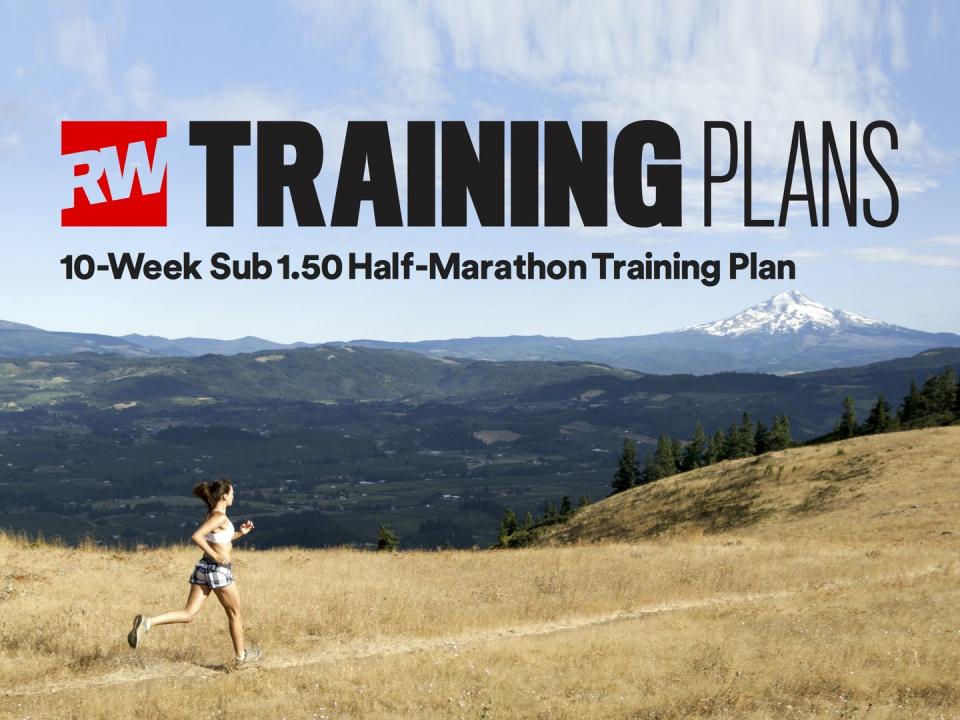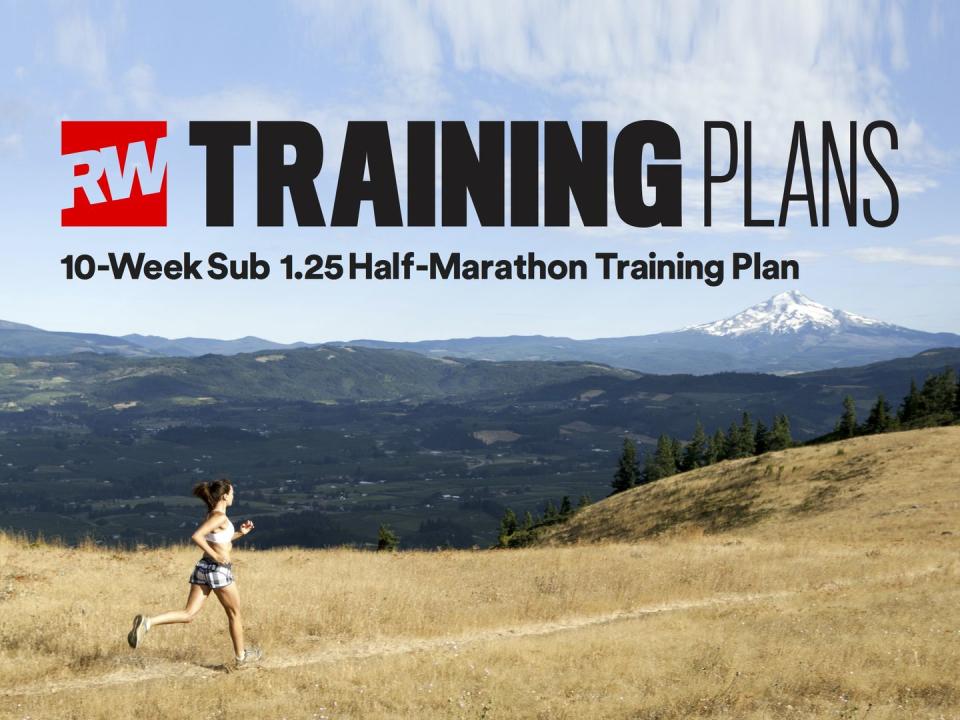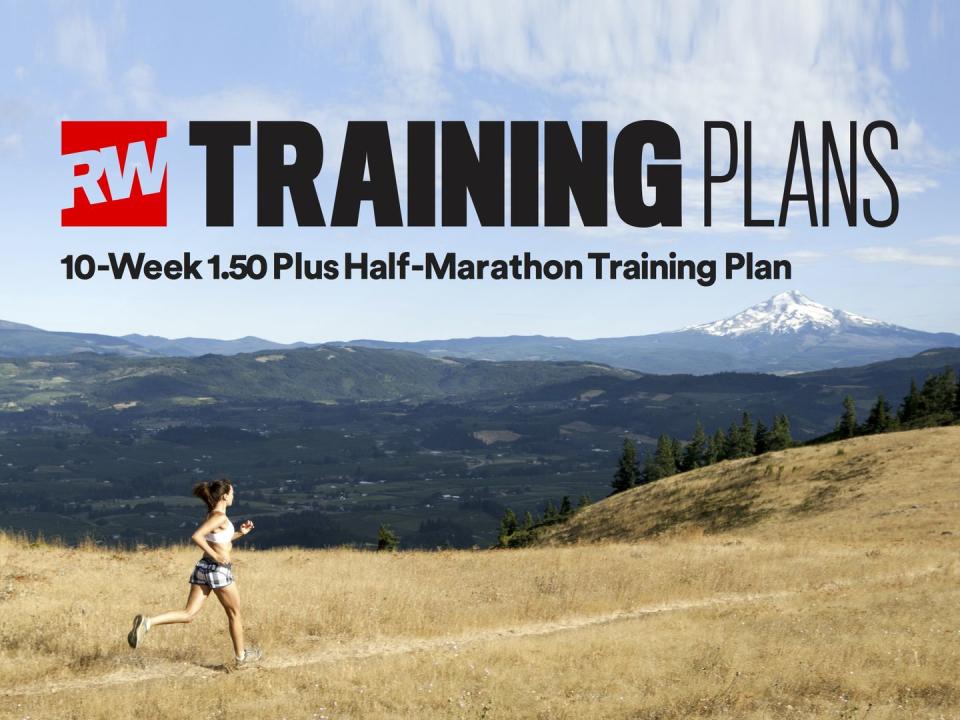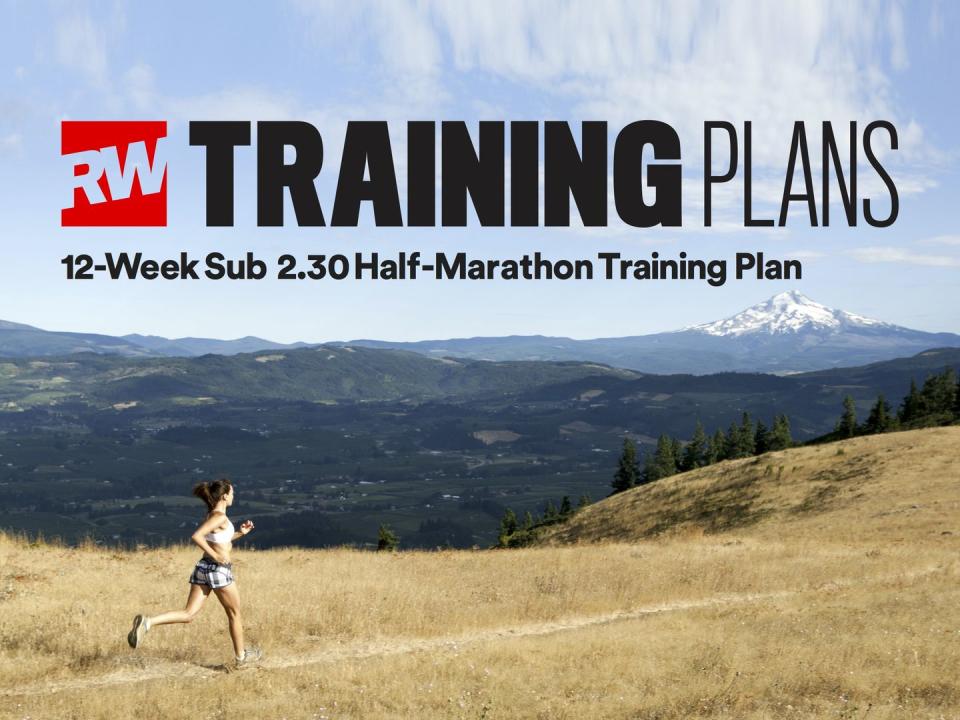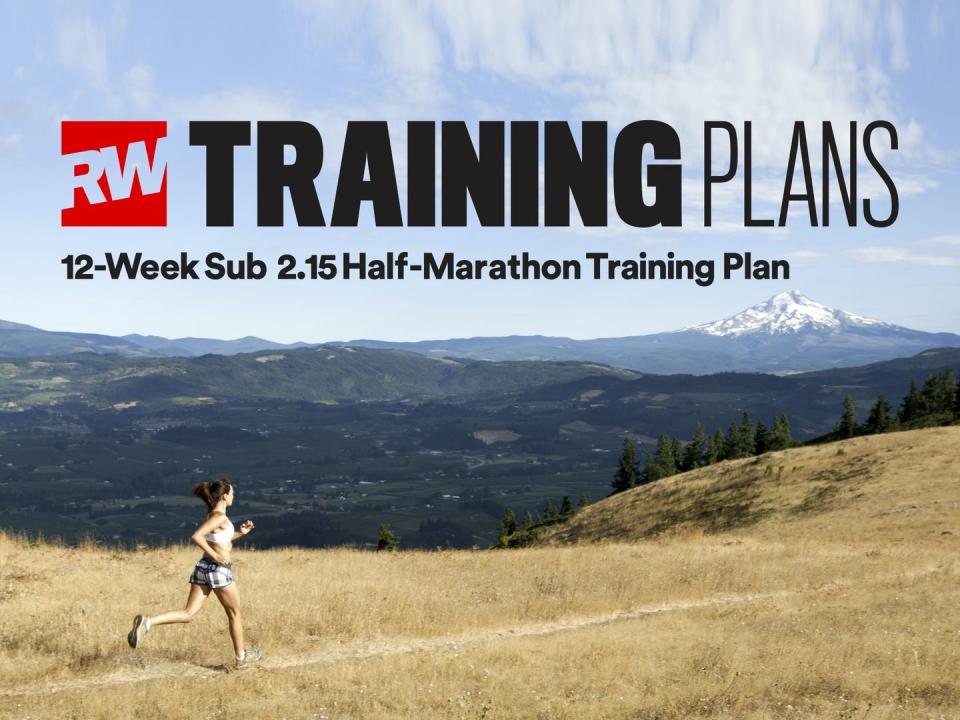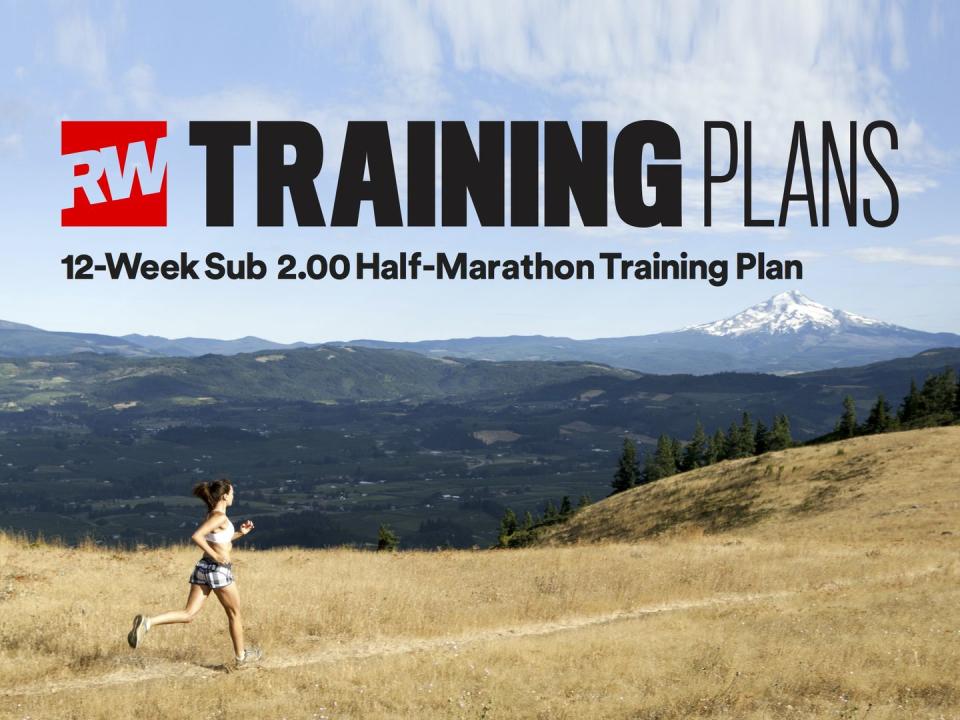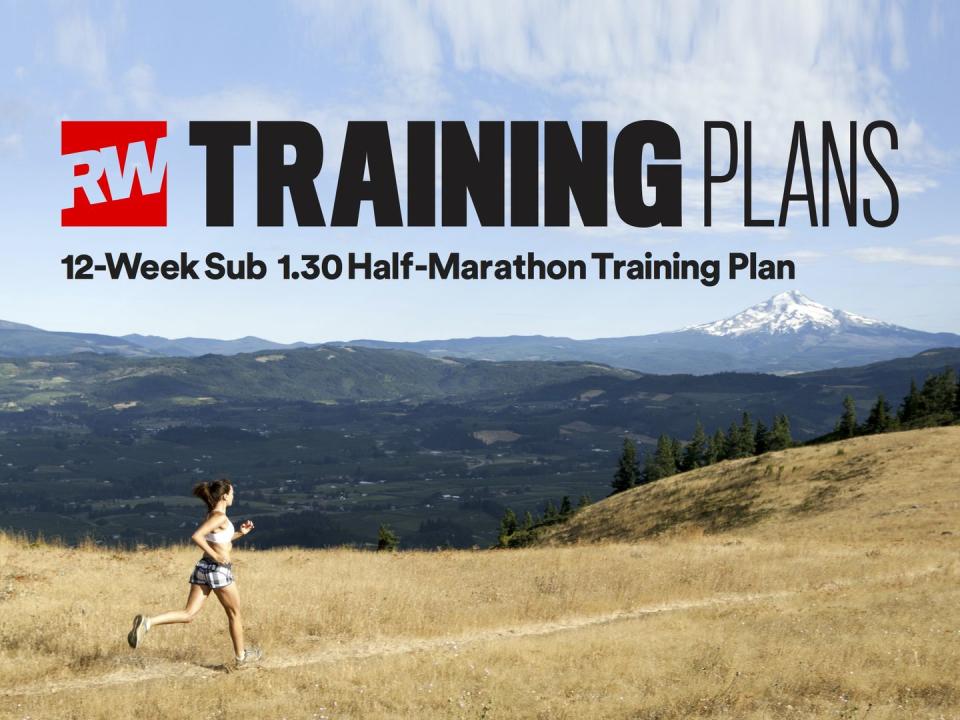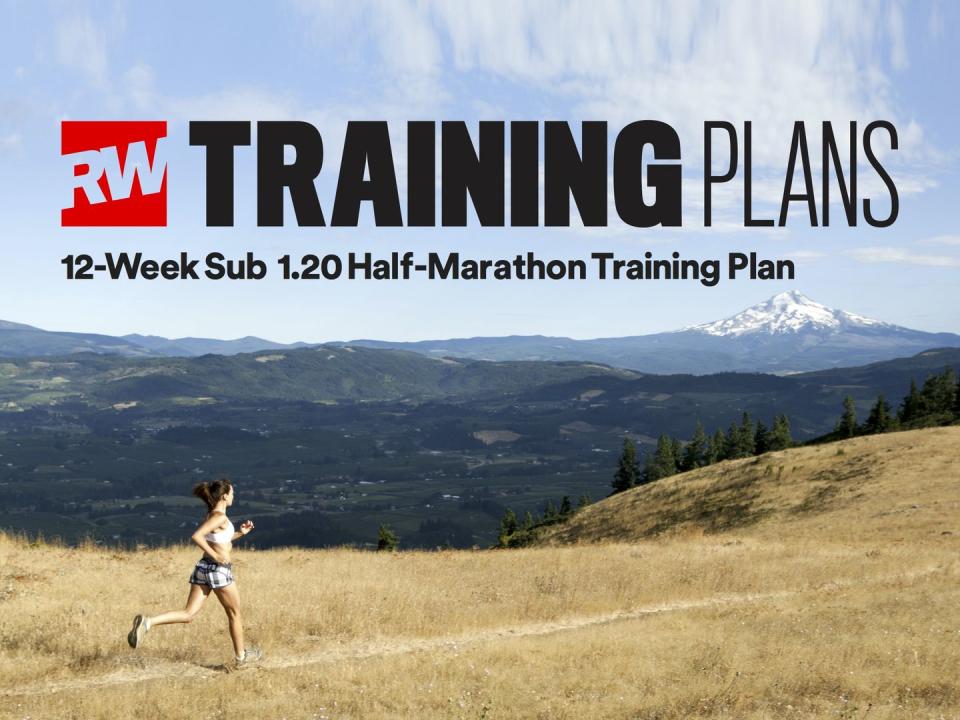How to run a half marathon – and half marathon training plans for every runner
While it might seem a long way for you right now, running 13.1 miles is an entirely feasible goal for most runners. If you can already comfortably complete a 10k distance run, you can certainly do a half with the right preparation.
Training for, and running, a half marathon also has the distinct advantage that - unlike the 'full' marathon - it doesn't take quite so much time, energy, or take over your life in quite the same way. It also doesn't tire you out quite as much as marathon training, and running, can. The recovery period from running a half marathon is also less, and that in turn means there is less pressure on race day: after all, if it doesn't go according to plan, it's not unreasonable to aim for another one in the not too distance future.
Finally, it's also a lot more compatible with a busy lifestyle. However, that's not to undersell it. Training, and completing, a half is still a significant step up if you've never run the distance before, and will certainly require commitment: commitment to a higher weekly mileage, longer long runs and a greater variety of sessions to develop the endurance and speed you'll need.
But fear not: whether you’re building up to 13.1 miles for the first time, or have plenty under your belt but would love to smash your PB, we’ve got everything you’ll need to get you to the finish line in style.
How long is a half marathon?
You'll be astonished to learn that a half marathon is half the marathon distance - in other words, 13.1 miles or 21K.
Why should I follow a training plan?
A good training plan will help you to improve by focussing on all the different aspects that go together to make a successful race day. That will include different types of session during your week, while maintaining enough rest and time between harder efforts to avoid putting your body at risk of becoming injured or overtrained.
As with all training plans, remember that nothing is achieved in a day, but rather it's achieved cumulatively over time. And for that reason, the training session within your plans will be written with the entire training plan in mind, not just what you should be doing that day – so do resist the temptation to overdo it during sessions. For example, if you don't run easy enough during an easy run, you won't allow your body time to heal from the quality training you've been doing prior to that.
What happens if I get injured when training for a half marathon?
'Never run through an injury' explains running coach Paddy McGrath, 'it's better to get to the end of your plan healthy, having missed a week or two, than to have hit all your sessions but be in no fit state to race.' Depending on when the injury is, it's possible to cross-train in a way that doesn't put stress on the affected area, for example through swimming, using the cross-trainer, aqua-running or cycling, which will help you retain your fitness without running. Many elite athletes – such as British half marathon record holder Eilish McColgan – use cross-training as a way to add volume to their training without increasing their risk of injury.
If you can't run for:
One week: Skip that week and simply pick up the schedule the following week
Two weeks: Repeat the previous week's training and continue from there, bearing in mind you may not get to the same point as someone who has been following the programme without interruption.
Three weeks: Jump back two weeks, potentially even three, because you'll probably have lost a bit of fitness - though don't panic, and don't attempt to make up for lost time by cramming in more sessions.
Four weeks or more: It's probably wise to adjust your goal by aiming for a slower time.
How do I find the best half marathon training plan for me?
Our training schedules below are tried and trusted. Not sure on which to choose? Use our race-time predictor for an indication of what target you should set yourself.
I don't feel like I'm improving on my half marathon plan, what should I do?
Don't despair – it takes time to improve as a runner and it doesn't always follow a nice smooth upward trajectory. You may not feel like it, but rest assured that you are getting better every day, as each run slowly builds your strength and fitness.
What kind of strength-training should I be doing?
Strength training is an essential supplement to a runner’s roadwork because it strengthens muscles and joints, which can improve race times and decrease injury risk. If you're a bit lost about what you should be doing, we've got plenty of strength training workouts for runners, including home workouts that you can do from your living room.
What shoes should I be wearing?
Of course, if you're going to run a half marathon, having a pair of shoes that will get you round 13.1 miles is important. Running in the wrong shoes for you, or shoes that are too worn down to do their job properly, can lead to injury. Before training, it's a good idea to get your gait checked at a specialist running store. We've rounded up the best men's and women's running shoes here.
Beginner Half Marathon Training Plan
Aimed at getting you round your first half marathon, this 12-week training plan builds you up to running 20.1 miles per week, to get you round your first 13.1 miles comfortably.
The sub-2:00 Half Marathon Training Plan
Aimed at those looking to finish a half marathon in under two hours, this simple schedule gets you to 1:59:59 with two quality sessions per week – a long run and goal-pace (or faster) workout.
The Hilly Half Marathon Training Plan
If you're training for a hilly half marathon, here's the training plan to help you stay running strong as you run up-hill.
10-Week Sub-1.50 Half Marathon Training Plan
This time range takes you up to a regular 40 miles a week, though many runners would still be able to do themselves justice by substituting one easy run for a rest day and running closer to 35 miles a week.
10-week Sub-1.25 Half Marathon Training Plan
This band is for experienced runners. The schedule will take you up to over 50 miles a week, which is about as much training as is compatible with a lifestyle that involves a job and a family.
10-week 1.50-Plus Half Marathon Training Plan
This band covers beginners and those who have been over the distance once before, in around two hours, and would now like to try for something a little faster.
12-Week Sub-2.30 Half Marathon Training Plan
You should be capable of either a sub-1:05 10K, a sub-1:55 10-miler or a sub-6:00 marathon. Training will be three days a week, with an average weekly mileage of 15 miles.
12-Week Sub-2.15 Half Marathon Training Plan
You should be capable of either a sub-60 10K, a sub-1:30 10-miler or a sub-5:00 marathon. Training will be four days a week, with an average weekly mileage of 25 miles.
12-Week Sub-2.00 Half Marathon Training Plan
You should be capable of either a sub-50 10K, a sub-90 10-miler or a sub-4:30 marathon. Training will be five days a week, with an average weekly mileage of 30 miles.
12-week Sub-1.45 Half Marathon Training Plan
You should be capable of either a sub-46 10K, sub-1:18 10-miler or a sub-4:00 marathon. Training will be at least five days a week, with an average weekly mileage of 35 miles.
12-Week Sub-1.30 Half Marathon Training Plan
You should be capable of either a sub-40 10K, sub-1:07 10-miler or a sub-3:15 marathon. Training will be six days a week, with an average weekly mileage of 40 miles.
12-Week Sub-1.20 Half Marathon Training Plan
You should be capable of either a sub-36 10K, sub-60 10-miler or a sub-3:00 marathon. Training will be at least six days a week, with an average weekly mileage of 50 miles.
How should I taper for my half-marathon?
Your body doesn't just benefit from training; it also benefits from recovery. Reduce your long-run mileage in the final two to three weeks before race day, and do a couple of short race-pace efforts in the final week to keep yourself ticking over nicely.
Read our advice on how to taper for you next half-marathon and look out for the top tapering mistakes runners make, and how to avoid them.
What about race day? Your race day plan for your best half marathon yet:
You can quieten the butterflies in your stomach by focusing on race-day logistics: carefully following your nutrition and hydration plans, making it on time and properly equipped to the starting area, and meeting up with friends. Run strong by following this race-day plan:
1. Warm up properly: Warming up prepares body and mind for the task at hand. It increases your heart rate, body temperature and blood flow. Blood transports oxygen to working muscles more efficiently when it is warm, and a warm body can break down and utilise glucose better than one at rest. Plus, some fast running can burn off nervous energy and help you focus.
Half marathon warm-up: do some light jogging for 10-15 minutes, then do two to four 200m strides, accelerating slowly until you reach your planned half-marathon pace. Because the half marathon is fairly long, you won't need to shoot off the line – ease into your goal pace over the first mile or two.
2. Stick to your pace: In general, the best pace strategy is to run even mile or kilometre splits throughout the race. Break the race down into manageable chunks. This is particularly useful if you're a runner who tends to lose focus in the middle miles. 'Mental lapses are common in the middle of races such as the half marathon,' says Scott Douglas, author of The Little Red Book of Running. 'If you're really racing the distance – so a minute or more per mile than your normal training pace – you'll have to concentrate to keep the proper effort going. Otherwise, it's common for your mile splits to start being 10 or 15 seconds slower. The benefit of the tempo run – of learning how to keep that concentration going – can't be overstated."
3. Listen to your body: If you're feeling comfortable, persist with the same pace, but don't get too excited yet. If you reach the halfway mark and still feel you're not being stretched, gradually pick up the pace and run by feel. If you're not feeling great, 'try to distinguish between mental and physical fatigue,' says Tait. 'If it's physical, you'll be cramping or have no power left in your body to keep pushing. If it's mental, your body will feel tired and you'll be looking for a way out.' Focus on short-term goals: if it happens at halfway, tell yourself to continue to the eight-mile point and if you're still feeling bad by then, you can pull out. Feeling better then? Carry on to 10 miles, and so on.
4. Listen to the conditions: If it's really windy or hot on race day, both will cause you to slow down. You'll be more hindered by the slowing-down effect of a headwind than you'll be helped by a tailwind. Even a crosswind will sap your energy. In this case, forget your pace plan and run by feel instead. Heat will definitely slow you, because your body will have to work harder to cool you down. Make sure you stay hydrated by drinking to thirst before and during the race.
You Might Also Like




